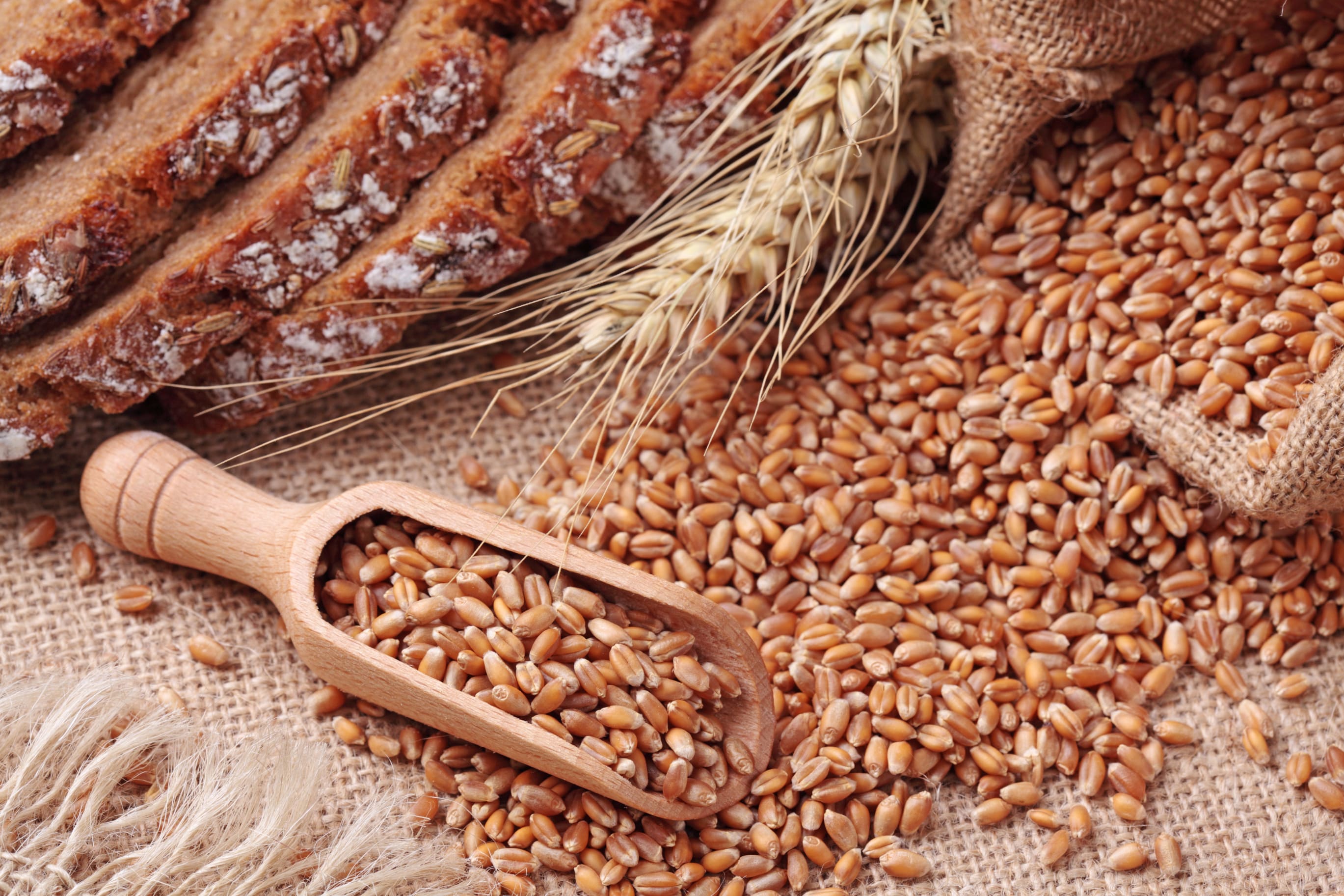
Whole grains are among the most useful ingredients, for many reasons, but now that warm weather is here to stay for a while, you’ll find them the perfect foundations for summer salads. All you have to do with barley, brown rice, buckwheat, quinoa and bulgur, to name just a few, is cook them and moisten the grains with a tasty dressing. It’s a quick fix as a side salad that goes with almost any kind of meat, poultry or fish entrée, especially the ones you cook outdoors on the grill. I make these salads often because they are such a welcome alternative to the usual potatoes and rice.
Like most salads, the ones made with grains are extremely versatile. So, while a simple vinaigrette-dressed side dish is easy and tasty, you can also mix in all sorts of other ingredients to create a different recipe each time you make it. Most of the time I choose the mix-ins based on what I already have in the pantry or fridge. But if I am shopping, I buy whatever looks best in the produce bin.
The easiest and simplest additions are fresh, raw vegetables such as grape tomatoes, cut up zucchini, chopped bell peppers, carrots, celery, diced cucumber and so on. The kind of stuff many people keep as staples. You can also use thawed frozen peas or corn kernels (they need no cooking). With just a little more effort you can cook the vegetables (spinach, pieces of broccoli, cut up asparagus or mushrooms) and include those. Or use the leftovers from last night’s dinner.
It’s easy to build on a grain salad to make it more interesting, appealing and even filling, if that’s needed. If I am serving a few grain salads at a meal, I often jazz one of them up with a strong or pungent ingredient such as radish or chili peppers or one of the onions (red onion, shallot, scallions and Vidalias come to mind). Most of the time I will also include some chopped fresh herbs (typically basil, thyme, parsley, oregano, cilantro or rosemary) because they provide so much flavor. I am lucky to grow some of these herbs in my garden, so they’re always on hand during the summer months, but fresh herbs are now widely available in the stores.
You could be finished right here, but there are more options to consider. For example, because I often make two or three grain salads as part of a dairy meal, I might add cheese (feta, blue, Monterey jack or cheddar, to name some) to one or two of them. On the other hand, if I am at a loss as to what to make for a meat dinner and don’t want to serve the typical meat-starch-protein threesome, I will use cut up chicken, turkey, lamb or beef (again, leftovers are terrific) to transform the grain salad from a side dish to a refreshing, light but satisfying summer night’s main course.
Occasionally, although we are not vegetarians, we have a meatless, dairy-free meal. I rely on grain salads here too, and stir in cooked lentils, chick peas or beans. That’s how utterly multipurpose grain salads can be.

Ronnie Fein has been a freelance food and lifestyle writer since 1980. She currently writes regular features for the food and community sections of daily newspapers and has written articles for Newsday, Cook’s Illustrated, Consumer’s Digest, Connecticut magazine, and many other publications. She operates the Ronnie Fein School of Creative Cooking in Stamford, Connecticut and is the author of three cookbooks, the most recent is Hip Kosher (DaCapo, 2008).
The words of this author reflect his/her own opinions and do not necessarily represent the official position of the Orthodox Union.
